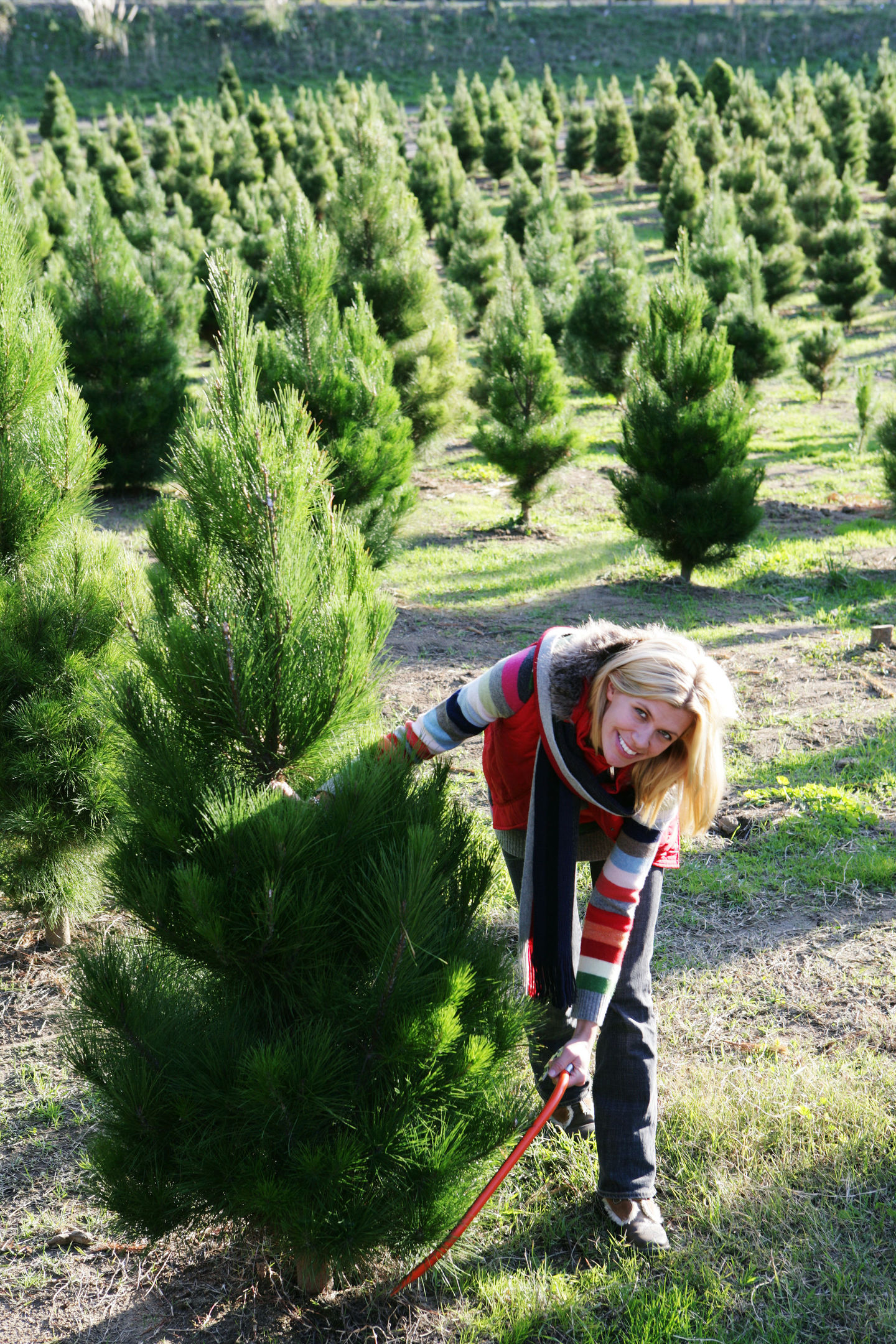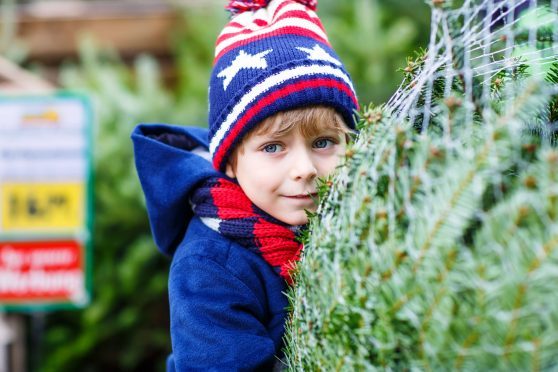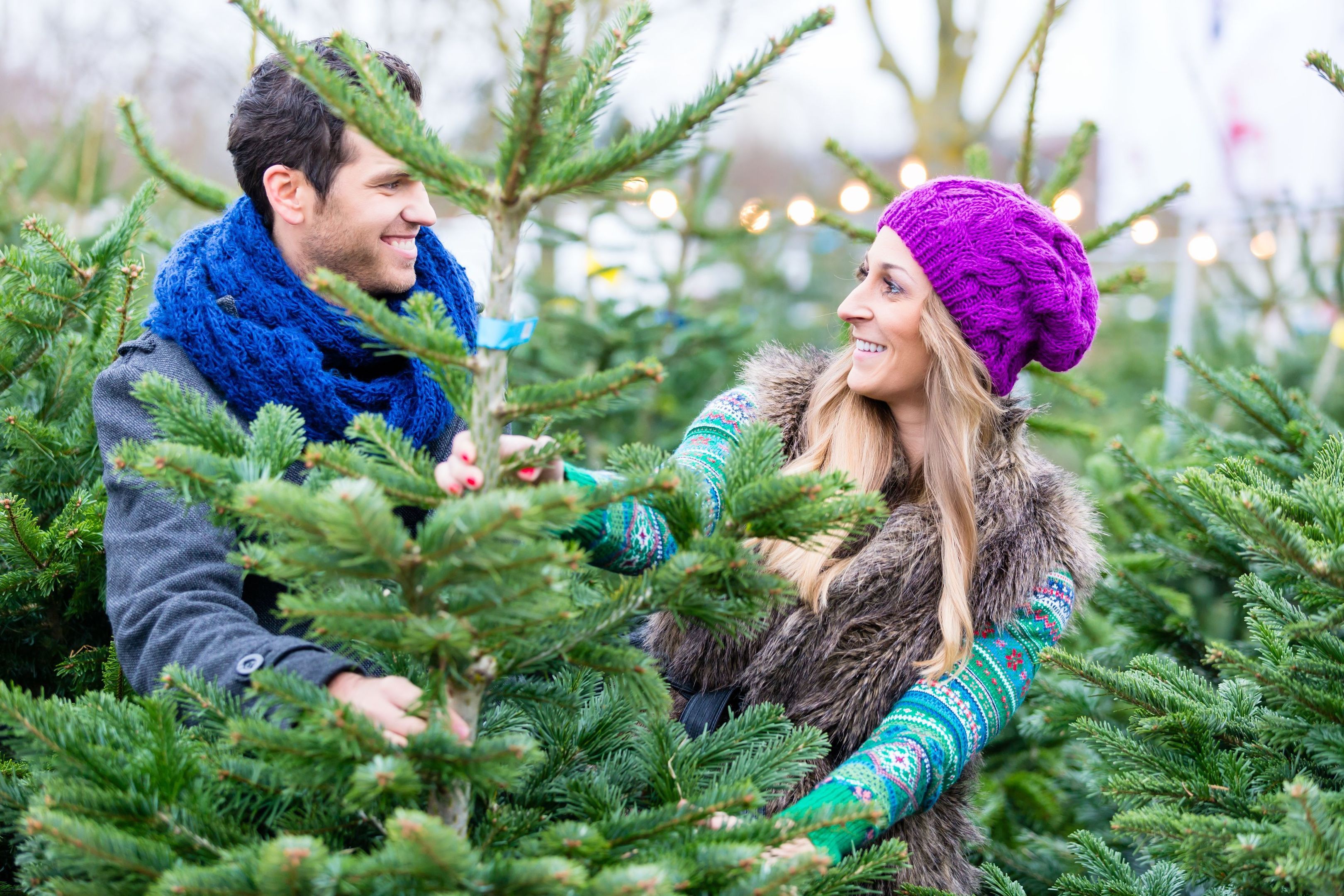For lots of people, the third Sunday after Advent (December 11) is a good time to look for a real Christmas tree, although The British Christmas Tree Growers Association recommends buying them from December 1 onwards.
The fresher the tree, the more likely it is to last through the festive season without dropping its needles or looking a little tired.
While the most common type of tree is still the Nordmann fir, there are some that might better suit your available space and budget.
“Bear in mind the size of the room and the weight of the tree,” says plant buyer David Mitchell.
“A lot of Christmas trees are sold by height, so make sure you’ve got the roof space for it and don’t end up having to cut a section off the top. Some trees, such as a Swedish-style Normann, have a lighter structure, which is good if you want to experiment with larger decorations or you want to see light coming through the tree.”
The four main types of tree on offer this year are Nordmann fir, Fraser fir, Noble fir and Norway spruce, each of which has its own characteristics.

NORDMANN FIR (ABIES NORDMANNIANA)
The most popular tree, it won’t drop its needles for the duration of the festive season and people love it because of its dense branches, uniform shape and good variety of sizes. Expect to pay from about £20 upwards, depending on size.
FRASER FIR (ABIES FRASERI)
This is ideal for those with limited space who want a real Christmas tree. It’s a slim tree, so you’re less likely to brush past it and knock off decorations in a smaller room, but it also has a great shape and fresh citrus scent, and its dark olive-green needles don’t drop.
NOBLE FIR (ABIES PROCERA)
Consumers buy this tree primarily for its blue-hued needle colour and rich fragrance. It’s non-drop, but is unlikely to be as uniformly shaped as the Nordmann. This tree is ideal for individuals who don’t conform to conventional shapes and sizes of tree.
NORWAY SPRUCE (PICEA ABIES)
This is the traditionalist’s tree. It may shed its needles, but what it loses in longevity it gains in scent. It’s a good tree if you’re putting it up last minute, or at least closer to Christmas, because it won’t last as long as the more expensive non-drop trees.
Ideally, buy from a local grower. Visit the British Christmas Tree Growers Association website (www.bctga.co.uk) to check out members locally. Alternatively, good garden centres should have plenty of trees from which to choose.
TOP TREE TIPS
Buy it fresh. David recommends getting it early before the trees have been left standing for a week or longer. When you bring it home, cut a couple of centimetres off the trunk and dunk it in a bucket of water, leaving it outside until you need it.
Buy from a retailer who will remove it from its netting. You want to see the shape of it before you buy. Sometimes a micro-climate builds up within trees which have been netted for any length of time, which can make trees drop their needles earlier.
Put the tree into a stand which can hold water. Water it regularly throughout the festive season.
Try to keep the tree in the cool and definitely away from direct heat. Don’t place it near radiators or fires.
If you buy a containerised tree, keep it indoors for a minimum amount of time as it can suffer from shock coming into a centrally heated house. Let it acclimatise gradually by putting it in a cool room or on a porch. Containerised trees have roots and are living, so when replanting them, ensure you have enough space as many of the conifers grow very tall.

